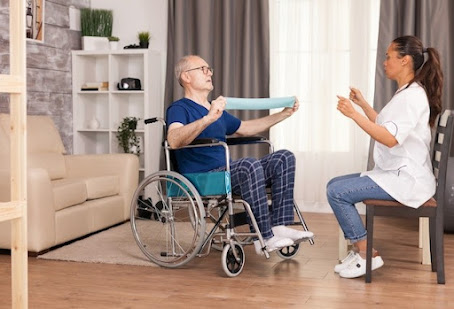Opportunities in Looking After Elderly in Assisted Living Communities
If you’re an assisted living provider, you may have noticed a significant change in the population you serve. That mostly includes people that are aging, require assistance with more activities of daily living, and reliant on a number of medications to manage chronic health conditions. There is also a significant number of assisted living residents with dementia diagnoses.
Most
states have recently restructured rules and regulations to set new minimum
standards for assisted living consulting
policy
that bring strict penalties for noncompliance. Several assisted living
operators have started the process of reinventing the role they play in the
range of senior care by revising services offerings.
Assisted Living providers adopting these trends share
common methods and best practices, including those listed below:
1. Vital Partnerships
In developing broad care and service delivery platforms, external relationship building is a critical success factor. These relationships include home health and nursing providers that will allow expansion into therapy services and pharmacy vendors that can improve medication review and management with this population.
2. Better Staff Competencies
Successful assisted living providers have a strong training and education process to restrict situations in which staff doesn't have the required skills to address a residential's medical condition. Thus, you must pay careful attention at the time of orientation and thereafter to ensure staff competencies address the improved insight of the community’s population.
3. Physician and Nurse Practitioner Engagement
It is not necessary for an assisted living facility to have a formal medical director arrangement. However, many assisted living providers have taken the step to contract with a physician to serve in this role. The relationship provides an extra layer of backing and responsibility to the health service team.
4. Hospitalization Avoidance
Hospitalization avoidance is a significant advantage to the resident, the provider, and the referring hospital (if that is the referring source). Assisted living providers will need to consider and act like skilled nursing centers and start embracing the best methods to identify changes in resident condition, so interventions may be put in place to avoid the hassle of continued decline.
5. Quality Assurance and Performance Improvement
If you follow this
enhanced acuity path, you need to ensure that your Quality Assurance and
Performance Improvement system is securely in place and serves as the fundamental
of quality management and development initiatives. This procedure is crucial in
assessing clinical and regulatory weaknesses and determining root causes that
can be alleviated collectively by the interdisciplinary team.
Wrapping Up
Although
making the acuity switch may bring with it some risks, the benefits of this
changeover are numerous and can result in significant returns for your assisted
living.



Comments
Post a Comment